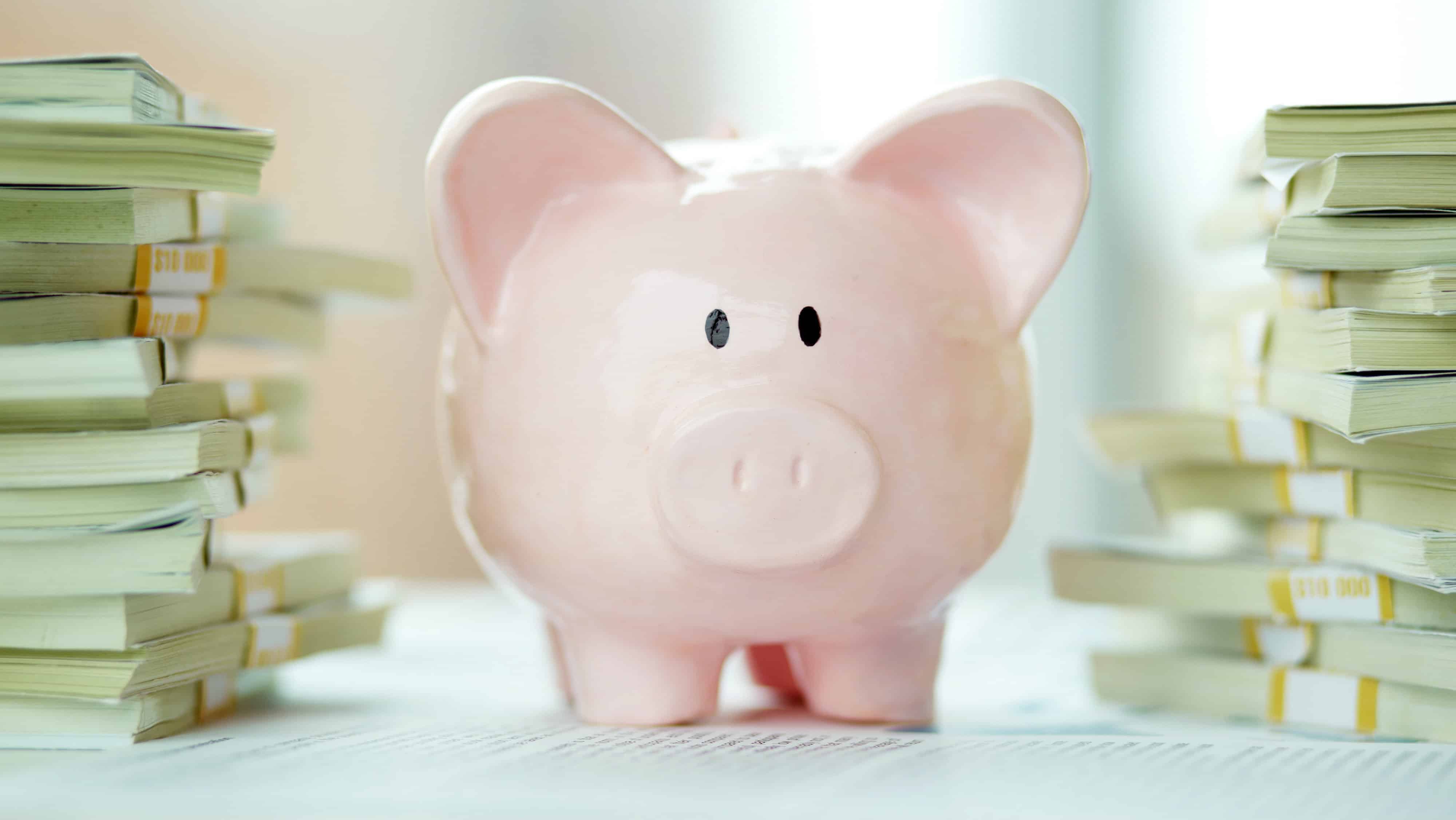Now in its 10th year, Canada’s Tax-free Savings Account (TFSA) program has rapidly become the most popular way to grow savings tax-free for short-term savings goals as well as to supplement long-term retirement saving provided by traditional Registered Retirement Savings Plans (RRSPs), non-registered savings, and pensions.
I say “tax-free” as opposed to “tax-deferred.” A RRSP lets your money grow with deferred tax, but eventually you must pay the piper in Ottawa. That’s not so with TFSAs, which is why I continue to argue an annual maximum TFSA contribution is a must-do every January. It doesn’t matter whether you’re as young as 18 or even a senior well past 71, when it’s no longer possible to contribute to an RRSP.
Unlike the situation with the RRSP, you don’t need earned income in the previous year to qualify for TFSA contribution room: another $5,500 was created as of January 1, 2018. So, even an 18 year old who didn’t work the previous year gets $5,500 in new annual contribution room. And if you’re a senior, age is no barrier to contributing to a TFSA. You can even do so past the age of 100, as my centenarian friend Meta (101 years young) continues to do!
Most people of working age, and especially couples, should not have too much trouble coming up with $5,500, or $11,000 between couples. Younger folk might want to do what we do with our daughter and come up with a “matching” arrangement whereby the old folks “match” Junior’s $2,750 contribution with another $2,750. It’s a great way to motivate them to get excited about investing, especially if you let them pick household-name stocks they’re familiar with.
But what if you’re strapped for cash early in January; it’s not uncommon given that January is when all those credit card bills from the holiday season spending orgy start to come due.
That’s not a problem, because anyone with non-registered (taxable or “open”) savings is permitted to do “transfers in kind” of securities from those accounts to their TFSAs. I did this on January 2 this year, although I could have done it on January 1. Just to be sure, I wanted to wait till bank employees were back in harness after the holidays, and if you’ve never done a transfer in kind, it’s probably best to call them up on the phone or drop in at your local branch to get them to do it for you.
However, if you’re proficient with an online discount brokerage, it’s not too difficult. At RBC Direct Investing (one of two banks we deal with), you go to the non-registered account that holds the security you wish to transfer into the TFSA. Calculate how many shares $5,500 will purchase. In my case, we had a good position in CDZ: the iShares S&P/TSX Canadian Dividend Aristocrats Index ETF, and on January 2, trading at ~$27 per share, 203 shares cost just under $5,500. Go to the My Portfolio tab at the top left, then scroll down to “Take Action” and “Transfer Cash and Foreign Exchange.” Click on that, and then click on the “Transfer Stock” tab. (An ETF is considered by the system to be a stock, which, of course, it is, even if it’s technically a basket of stocks, in this case, it has Canadian dividend-paying stocks with good track records of maintaining and raising their dividends—a nice holding for TFSAs, in my opinion.)
Click on the tab, and it opens fields for you to enter the number of your non-registered account and the number of your TFSA account. Beneath that are fields that let you list whatever securities you wish to transfer in kind, and the quantity to be transferred. RBC gives you 30 seconds to complete this or you may have to refresh and start again. Hit the “Continue” tab at the bottom right, and the transaction should be official, although, like many online trades, it may be “pending” and require a short passage of time to go through.
The net of this transaction is that in my case, my non-registered account now had $5,500 less of CDZ, which means that as 2018 progresses, there will be that much less dividend income to be taxed. And the TFSA account was up by $5,500, with the dividends paid by the 203 transferred shares in CDZ no longer being taxable as long as they remain in the TFSA.
Do this over the years every January, and gradually you will have less taxable income and a lot more non-taxable income, which is what every Canadian presumably desires. I certainly do! Another source of TFSA funds can be RRSPs and RRIFs, which may be useful for seniors who can’t come up with “new” money from employment income. Again, there will be short-term consequences when you withdraw from registered plans, but the one-time tax hit will, over the decades, be more than made up by the tax-free status of the funds transferred.
You should be aware that contributions in kind CAN trigger some tax if you had significant gains in the security you wish to transfer between the time you first purchased it to the point you are considering swapping it into your TFSA. Ideally, you find a stock or ETF that is roughly at the level you bought it; this, in fact, was the case with CDZ. If you do have big gains, see if you have another security with comparable losses, so the losses offset the capital gains, and the total transaction ends up being close to tax neutral. But make sure you don’t fall afoul of the CRA’s superficial loss rules; check with a tax pro or accountant if you’re unsure. If you have nothing but gains (as, of course, all “Fools” probably do!) then you might want to resort to using new cash instead and continue to let your non-registered gains ride on the usual tax-deferred basis.
If you’ve still not used a TFSA—shame on you! You should resolve to open one. Right now, the cumulative contribution limit is $57,500 as of January 1, 2018. That’s $5,000 from 2009 and subsequent years, a figure that one year went up to $10,000, then was whacked back to $5,500, reflecting one inflation adjustment. This year, inflation was so nominal that the annual limit remains $5,500.








